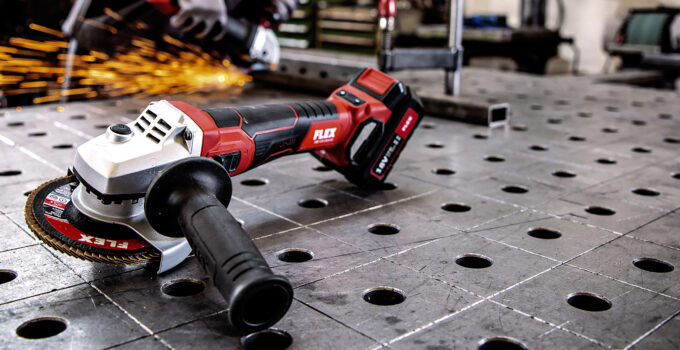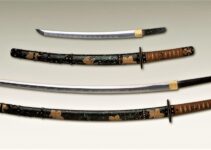After reading this article, you’ll have a better idea of which power tools to invest in as a new DIY’er.
A diverse collection of power tools will complement any toolbox. If you are a novice or a professional DIY, a set of power tools will assist you in completing your tasks quickly, seamlessly, and expertly.
With all these fantastic power tools, tackle every interior or exterior home renovation project or tinker with general upkeep tasks in your workshop.
Essential Power Tools
Here are the 9 most useful power tools to start your woodworking journey. Read more from Phyxter Home Services, to know more about the tools and brands as well.
1. Circular Saw
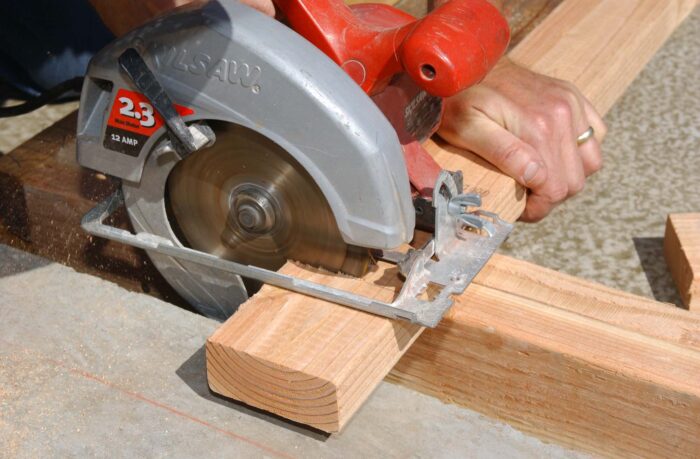
img source: wikipedia.org
While some believe the circular saw is better suited to carpentry than fine woodworking, others disagree. Maybe no other simple portable power tool is as flexible as a circular saw. When used in combination with a straight-edge clamp-on, the circular saw may be almost as precise as a table saw and perform much of the same functions, like cutting sheets such as plywood, fiberglass, or medium-density fiberboard (MDF). A quality circular saw can be the first portable power tool bought while woodworking on a budget.
2. Power Drill
Although some may consider a cordless drill to be included on this list, a corded drill is more flexible and efficient when it comes to simple power woodworking equipment. Even though cordless instruments are more portable, corded drills are less costly and capable of doing more tasks than cordless ones. When selecting a corded power drill, there are many factors to remember, such as if you are looking for a 1/2-inch or 3/8-inch chuck, a keyed or keyless chuck, a straight drill or a hammer drill, and so on. Before making a purchase, educate yourself about the options.
3. Jigsaw
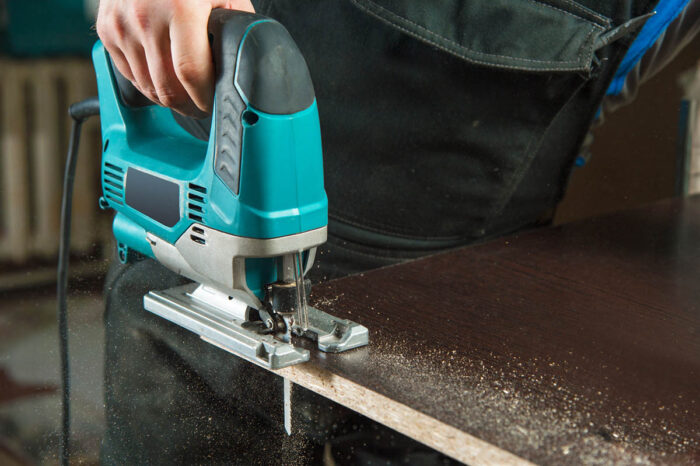
img source: bobvila.com
A jigsaw is the third basic method for the novice. In stock, a jigsaw enables the consumer to cut circular and rounded patterns. Though a band saw is more precise and capable of cutting thicker stock, a jigsaw (also known as a saber saw) is an excellent novice tool. Use an orbital-action, corded jigsaw which feels comfortable in your hand and features a simple blade-changing mechanism for flexibility.
4. Random Orbit Sander
A random orbit sander is the fourth most essential and simple portable power tool that every novice can purchase. Though palm sanders are less costly and can be used for standard sandpaper (trimmed into quarter segments), the random orbit sander uses sanding disks attached with hook-and-loop. As for other sanders, the spontaneous orbit motion would not leave patterned marks in the workpiece. Ensure that the nearest woodworking supply store stocks sanding disks with the appropriate grits for the style you want, as the trick to good sanding is to use increasingly finer grits.
5. Sawing Table

img source: horticulture.co.uk
The table saw is the vital piece for every woodworking workshop, the focal point around which all other equipment is arranged and utilized. While the table saw’s power lies in its ability to cut sheet materials with completely straight edges, it can also render almost every cut you want, like mitered corners, beveled edges, or even dado grooves.
You will want to invest in the highest-quality table saw that the budget allows since this method will serve as the workshop’s core for coming years. Take your time to determine which features are most important to you and then select the table saw that best fits the budget and requirements.
6. Compound Miter Saw
After selecting the ideal table saw for your woodshop, the next big investment to make is a compound miter saw. Though not as pricey as a high-quality table saw, the compound miter saw is essential for beveling, mitering, and compound cutting angles. A compound saw’s motor head can be angled in two ways, allowing you to split both straight and beveled mitered corners (compound cuts).
While a 10-inch saw would suffice for most students, a 12-inch saw will significantly broaden the skills. Certain models include sliding saw heads, enabling you to cut edges and crosscuts up to 16-inch-wide boards.
7. Router
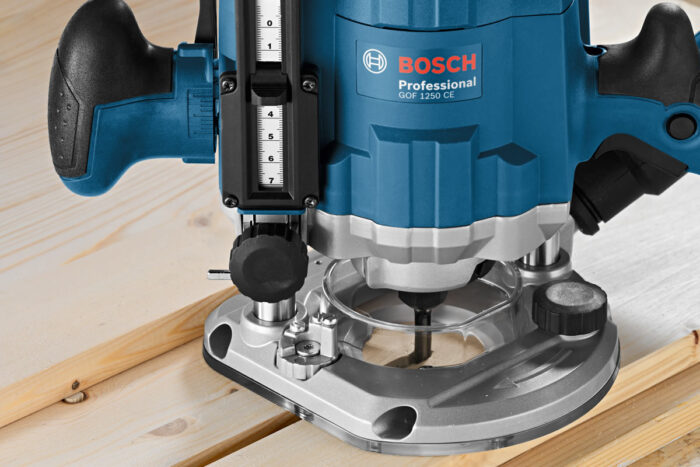
img source: knowledge.axminstertools.com
Routers are also used to create decorative shapes on workpieces and are particularly adept at cutting dados and rabbets.
Routers available today have two distinct bases (a plunge router base and a stationary base). However, most beginners notice that a decent stationary base model can do a wide variety of tasks and can even be placed in a router table if you want to invest in one. Select a router model with a minimum 2-hp engine. Additionally, search for electronic speed controls (as larger cutting bits need slower speed), a soft-start feature, and an easy-change bit collet.
8. Bench Grinder
Few people consider a bench grinder to be a useful instrument for woodworking. Technically speaking, they are right. Meanwhile, a bench grinder can be useful for various jobs, most notably sharpening chisels and other materials. They are cheap (about the same as a decent clamp), but they are a handy asset to any woodworking shop.
9. Brad Nailer
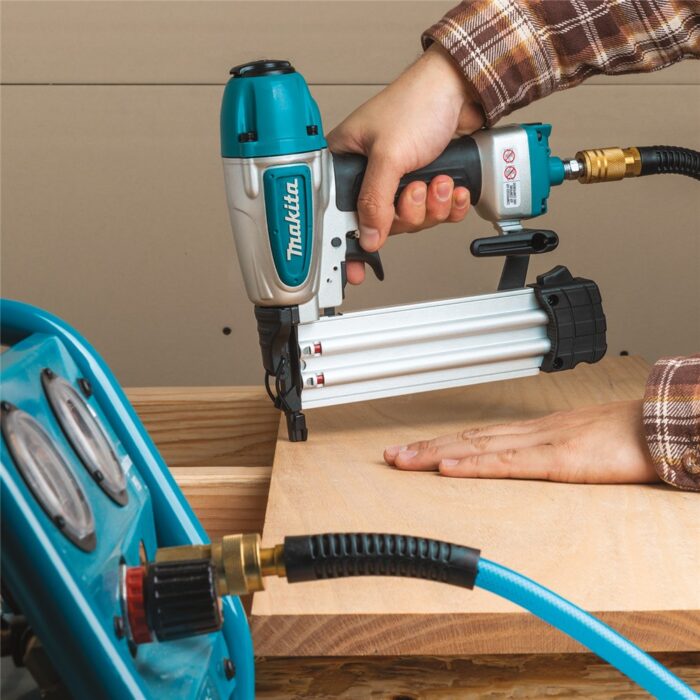
img source: makitatools.com
A Brad Nailer is a small version of a finish nailer that is mainly used to secure tiny trim and molding to a woodworking project. Since brad Nailers are thinner compared to finish Nailers, they will often be used in situations when a standard finish nailer might break the trim when it is forced through. As a result, these tools are seen as complementary instead of exclusive.
Although a finish nailer has a broader range of uses, a brad nailer is ideal for applying delicate trim and thin strips. Bear in mind, though, that moving brads through certain hardwoods and processed wood items such as plywood, fiberglass, or MDF (medium-density fiberboard) may be difficult.
Conclusion
Many novice woodworkers look at the budget and wonder if they will be able to purchase an entire shop full of power tools just to get started. Fortunately, getting started does not need a large financial investment. There are only a few woodworking tools that a beginner woodworker will need, and the majority of them are very affordable. A beginner can handle practically any project with these tools mentioned above.
